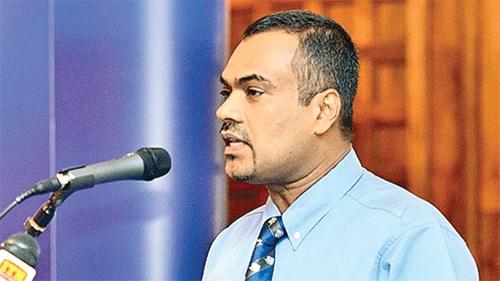
Proper public debt management is crucial as past regimes have scattered public debt into various public entities to conceal the negative impact of high borrowings from the public eye, a senior don of the University of Sri Jayewardenepura said.
Senior Lecturer Economics University of Sri Jayewardenepura, Dr. Anil Fernando said during the past decade, some of the borrowings were shifted to certain public enterprises by governments. Public debt was not consolidated as reported by the Central Bank in the past, as debts were accounted under various public entities.
Citing an example, he said according to the financial statement of the Water Board in 2015, it had incurred huge losses due to borrowings and the accumulated interest it had to pay. Therefore, there shoul be measures to look into public debt as consolidated debt and analyze as to how much has been borrowed on short-term, long-term, and project-specific basis.
“The problem is with short-term loans as it has to be paid within a short time. Long-term and project-specific loans could be negotiated but it has to be done properly as the depreciation of the local currency could result in huge amounts in repayment. It is very unlikely that the Sri Lankan Rupee will appreciate,” said.
He said borrowing is not objectionable but the question is for what purpose and how much borrowings generate value-addition to the economy. If there is no value creation to the economy, borrowings will be a huge burden to the economy as debt servicing will be enormous.
“The debate is whether we borrow for value creation to the economy or not. Most borrowings are not value creating. Borrowing for whatever purpose is accounted under the GDP. If the borrowing has value creation to the economy, repayment or debt servicing will not be an issue,” he said.
The Central Bank in a statement in response to media reports on Government debt recording and maintenance of accounts, published on February 8, 2018 notes that the Government has maintained an unblemished record of debt servicing.
It further states that debt servicing by the government has been made in accordance with service payment obligations recognized through debt recording systems.
